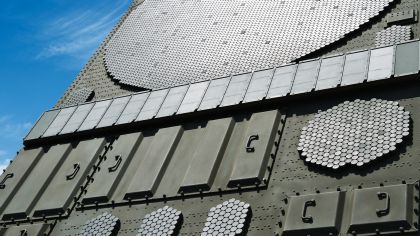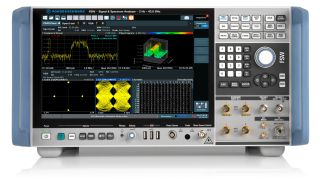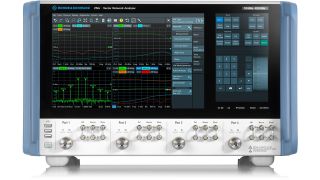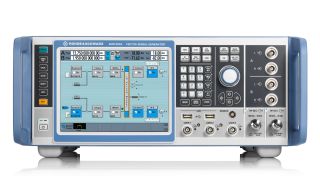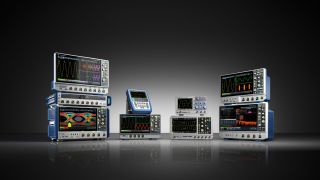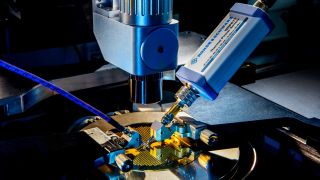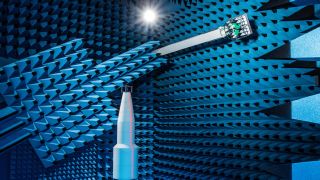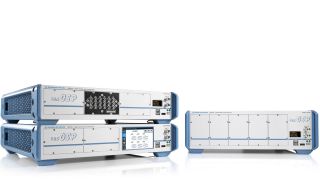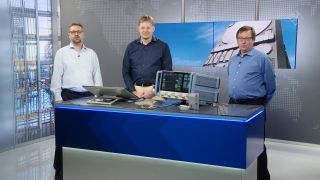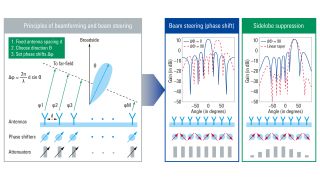Advanced T/R module testing for AESA antennas
The advent of active electronically scanned array (AESA) antennas marks a significant advancement in radar performance and capabilities. This is especially true for AESA antennas that incorporated evolved Transmit/Receive (T/R) modules. These antennas consist of an array of individually controlled transceivers, with beamforming electronics.
These antenna components have reduced in size with advancements in Antenna in Package (AiP) and RF monolithic microwave integrated circuit (MMIC) technology. Coupled with more cost-effective designs, this is making phased array antennas applicable to ever-decreasing Size, Weight, and Power (SWaP) applications, such as unmanned aerial vehicles (UAV) and podded solutions where physical space and power are at a premium.
Modern phased array antennas also have multi-function capabilities such as simultaneous surveillance, tracking and communication. This multifunctionality is a significant advantage, as it allows for more efficient resource utilization through a smaller number of deployed systems and reduced spectral footprint of deployed forces.
Evolved T/R modules with high-speed SerDes interfaces
The progression from purely-analog-RF-in-and-analog-RF-out to digital intermediate frequencies (IF) represents a significant advancement in AESA radars.
High-speed digital Serializer/Deserializer (SerDes) interfaces significantly enhance the functionality of advanced radar systems. They ensure data integrity, facilitate high-speed data transmission and reduce system complexity. SerDes interfaces enable advanced signal processing techniques and easier integration with digital processors and FPGAs, enhancing radar resolution and range. They allow for system scalability and flexibility, enabling easy addition of channels or modules. They also improve overall system power efficiency.




